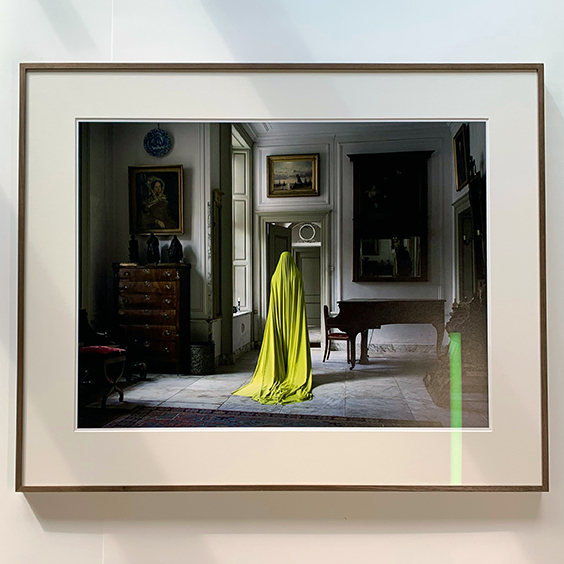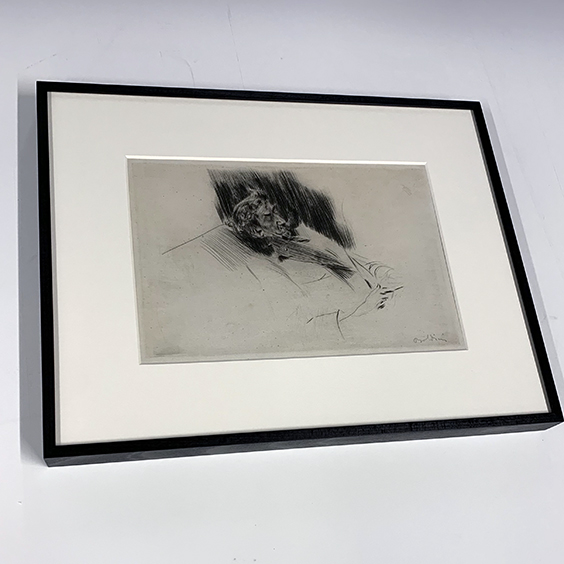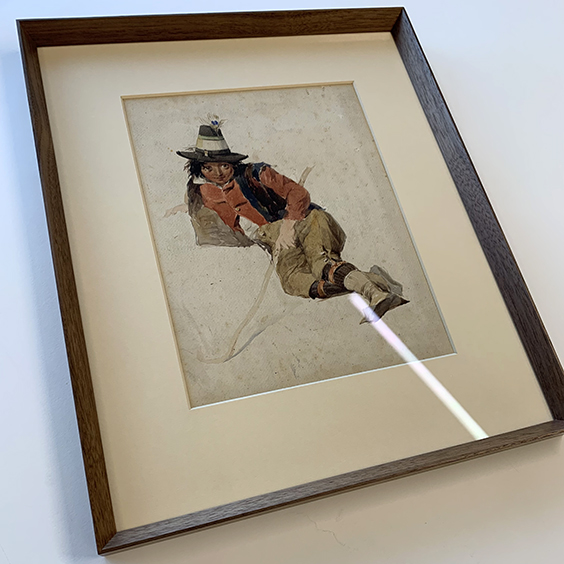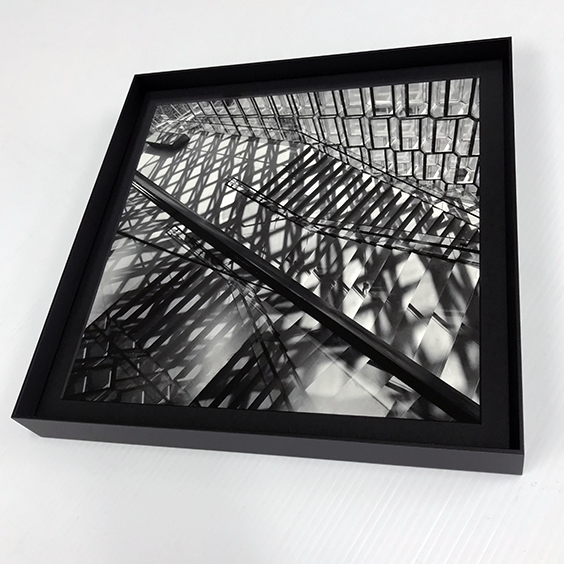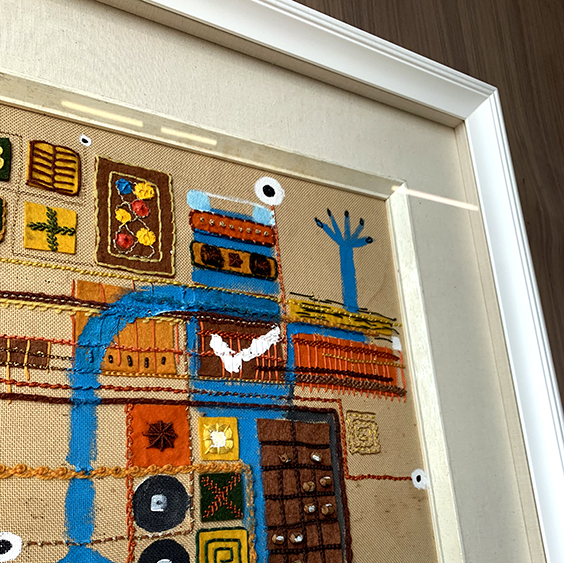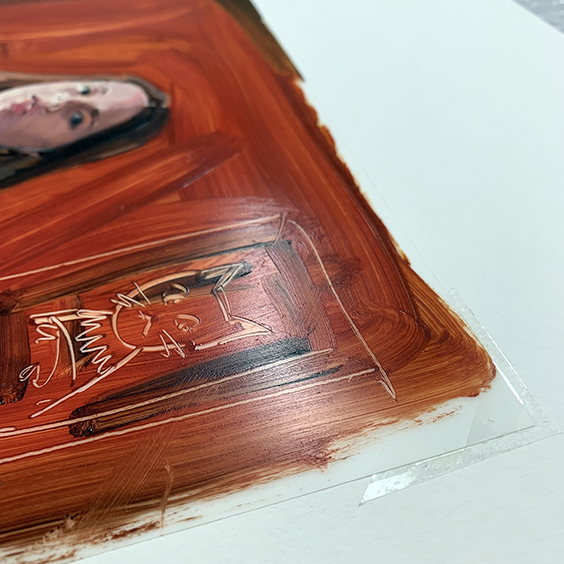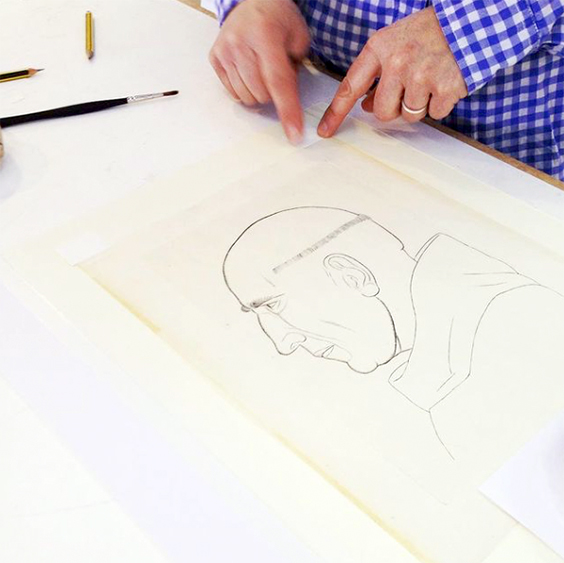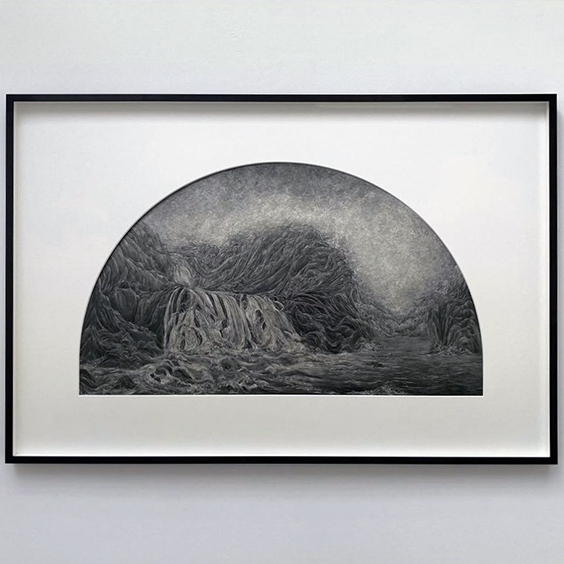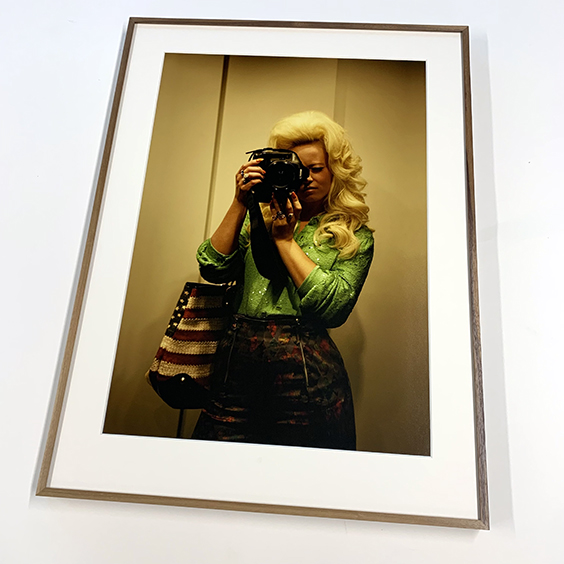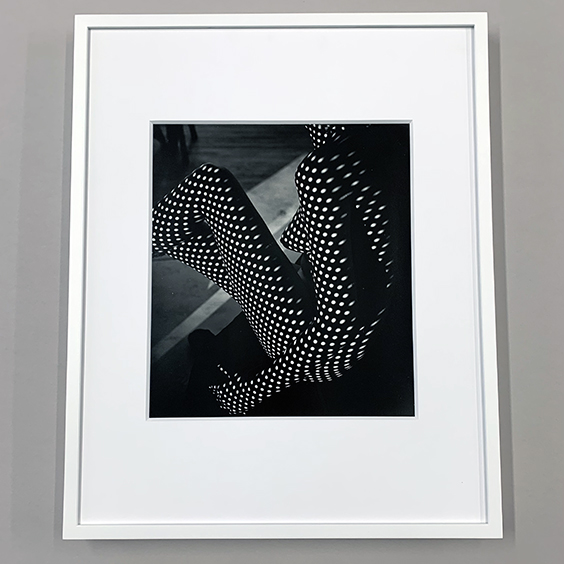Window Mounting
1. Reasons for window mounting
Window mounts cut with a bevelled aperture perform several useful functions:
– they allow us to mask an artwork to show precisely the area that is wanted
– to encapsulate the artwork between pieces of conservation quality mount board that create a chemically stable and safe immediate environment
– act as a distancing piece that will help create space between the surface of the work and the glazing so that the glazing is not in contact with the work
– to add size to the artwork if required, with full control over proportions
– to emphasize details about the artwork with choice of colour or material
And when window mounting, we always use glazing to protect the artwork and also the mount itself.
Image (top): Guler Ates, 'Woman in Huis te Warmond (III), 60x 90cm. 2021'.
Image (middle): Giovanni Boldini, 'Whistler Asleep, 1897'.
Image (bottom): Henry Parsons Rivière, 'Study of a peasant boy lying down'.
